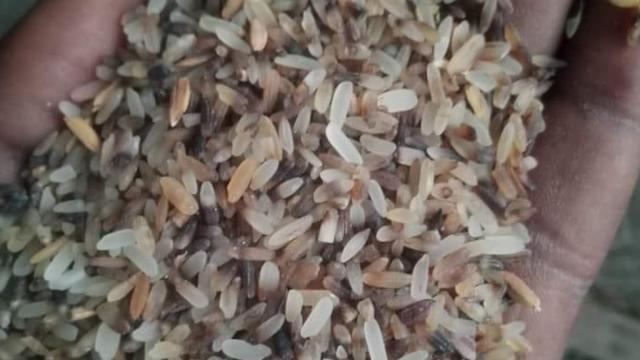Many people in northern Nigeria are resorting to rice grains that millers often reject after processing or sell to farmers to feed their fish as a way to combat the region’s persistently growing cost of living.
Because the grains are so hard, cooking and eating them is literally an ordeal. This is why these are known as “battling” in the Hausa language, which is widely spoken in the north.
Isah Hamisu, a worker at a rice mill in the northern city of Kano, told the BBC that “a few years ago, people didn’t care about this type of rice, and we usually threw it away along with the rice hulls, but times have changed.”
Although the grains are harsh, cracked, and unclean, afafata is more appealing because of their lower cost.
Owner of a fish farm Fatima Abdullahi remarked that although her fish adore it, the cost of afafata has increased because more people are consuming it.
Nigerian prices are rising at the quickest rate in almost thirty years. Inflation has increased in addition to external pressures due to President Bola Tinubu’s removal of the gasoline subsidy and depreciation of the naira.
A typical 50 kg (110 lb) bag of rice used to cost 77,000 naira ($53; £41), enough to feed a family of eight to ten people for almost a month. This is more than 70% more than it was at the middle of the previous year and more than most Nigerians make in a month.







